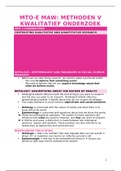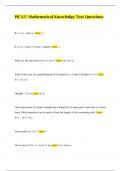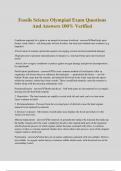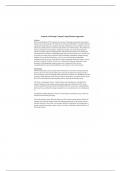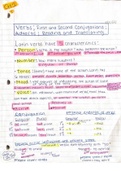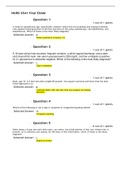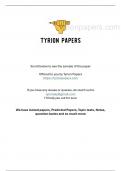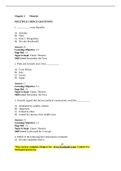College aantekeningen
Hoorcolleges van MTO-E-MAW: Methoden v kwalitatief onderzoek (MTO-E)
- Vak
- MTO E (424239B6)
- Instelling
- Tilburg University (UVT)
Dit document omvat een uitgebreide uitwerking / samenvatting van alle hoorcolleges met betrekking op het vak MTO-E-MAW: Methoden v kwalitatief onderzoek. Dit helpt voor een optimale voorbereiding voor het tentamen
[Meer zien]
